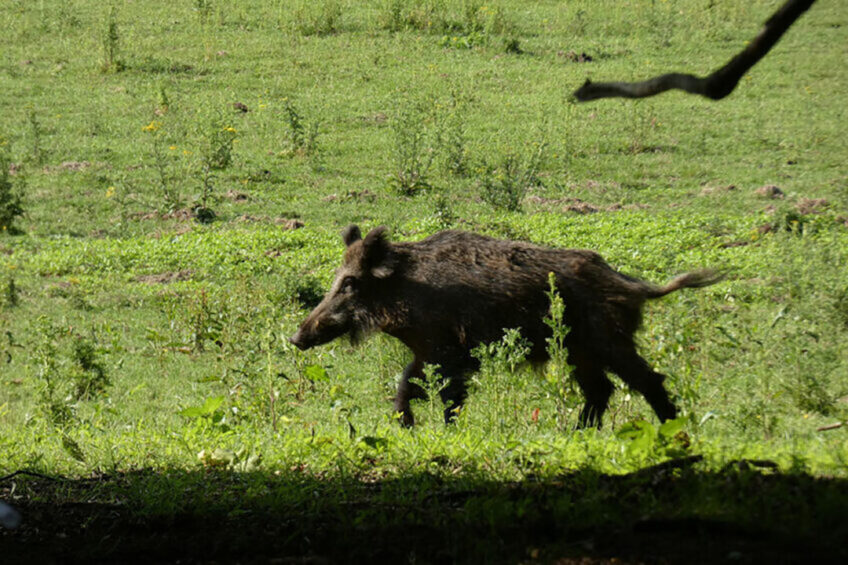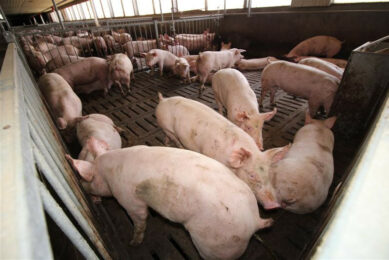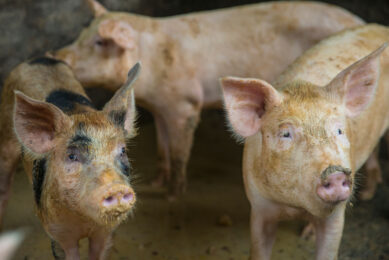ASF Russia: Spike in number of virus outbreaks

Russia has registered nearly 40 outbreaks of African Swine Fever (ASF) over the past few weeks. These include outbreaks vat industrial farms. This sparks fears of new mass culls.
The Russian veterinary watchdog Rosselhoznadzor imposed quarantines in some parts of Nizhny Novgorod, Ivanovo, Kaluga, Kostroma and Volgograd regions. In August, Rosselhoznadzor registered the first ASF outbreak at an industrial farm in Russia. The number of affected industrial pig farms started growing rapidly in the next few weeks.
Kostroma region
The Kostroma region has the worst situation in terms of the ASF spread, with 20 estimated new outbreaks registered since early August. The virus has penetrated the region’s largest pig farm Shuvalovo. 6,000 pigs were culled.
Programme
The regional authorities launched a programme offering individual farmers to sell their pigs at prices above the market average and switch to alternative types of livestock. However, the programme reportedly has not attracted many farmers.
Miratorg
An ASF outbreak has also hit Miratorg’s pig farm in Orel Oblast, where Rosselhoznadzor culled 3,000 pigs. Due to another outbreak at the Baltic Pig Company №3 in Kaliningrad Oblast, roughly 25,000 pigs were culled.
Common pattern
The Russian national union of pork producers (RUPP) said the current situation is typical. During the past several years, Russia has experienced a hike in the number of ASF outbreaks in the second half of each year.
“History repeats itself: like last year, ASF outbreaks also appear in the second half of the year. Undoubtedly, this affects companies that are hit by ASF [outbreaks]. They will not produce the meat they planned, and their production cycle is disrupted. Now the most important thing is to get insurance, including for livestock, so that you can spend this money on measures to eliminate the consequences of the virus and save staff,” Grigory Askanyan, spokesperson for RUPP, told the local press.
So far this year, the ASF epidemic is not going to have an impact on the Russian pork market, Askanyan said, referring to a large surplus of pork in Russia.
Multiple reasons
There is no single cause why the number of ASF outbreaks in Russia grows in the second half of the year. “In spring, wild animals have young. In the summer, their population grows stronger, and then wild animals begin to migrate and spread the virus,” Askanyan said, adding that wild animals could infect grain during the harvesting campaign.
The economic situation worsening in the country due to Western sanctions are also to blame. “In addition, due to the change in the economic situation, people in rural areas start to breed pigs again. These are often kept without adhering to any norms,” he added.











